Bending-Active Structure
Form-Finding and Performance of Bending-Active Structures
juan gabriel bessini muñoz
Polytechnic University of Valencia
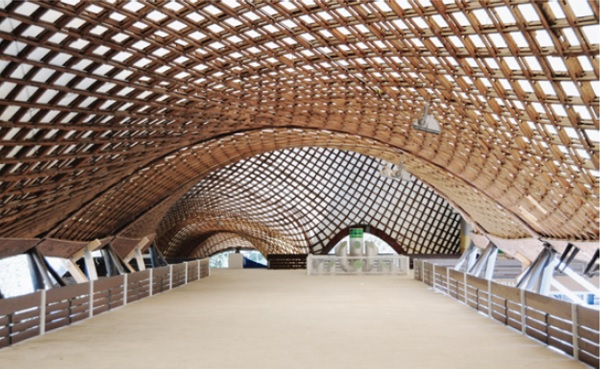
Mannheim Multihalle
Nowadays, modern architecture is focused on the search of efficient uses of technological and sustainable materials, high-tech concept-design-erection processes and the possibility to produce lightweight solutions with maximum elegance in shape.
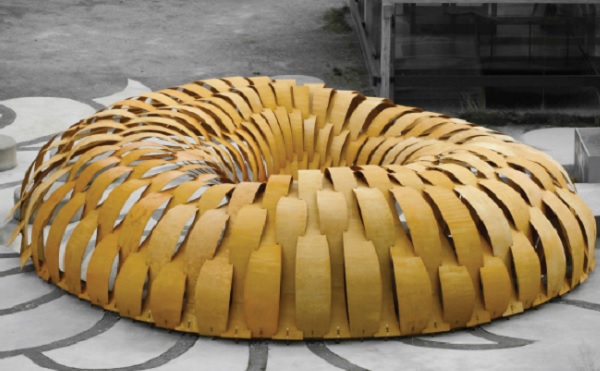
ICD/ITKE Research Pavilion
These ideas are reflected on bending-active structures, which recently attracted considerable attention as a new paradigm to build lightweight structures both in research and practice.
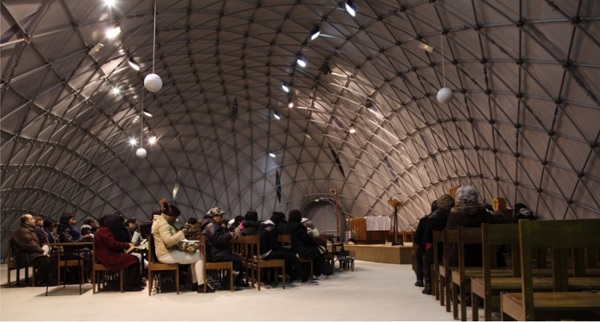
Ephemeral cathedral of Creteil
The concept ’active bending’ refers to a category of structures in which bending is used in the process of shape configuration.
Bending-active structural systems include curved rods or shells which have been elastically bent from an initial straight or plane configuration.

Figure 3: Examples of vernacular architecture built by means of elastically bent elements
As of now, the number of realisations is limited; they are mostly experimental ones, with architectural or artistic nature.
Form finding of the equilibrium configuration is one of the main difficulties during the conceptual phase, due to the non-linearity of the structural response of the active members, and also to the interaction with other form-active structural elements as membranes or cables, whose geometry cannot be prescribed in advance.

Figure 4: Mannheim Multihalle
Computational form-finding methods for bending-active structures include finite element models with non-linear virtual links that are shortened to reach the final form, or dynamic relaxation (explicit) algorithms to cope with the variables describing the response of the active members.

Conceptual model of a prestressed composite footbridge
This PhD thesis aims to provide an indepth analysis on the applicability of the active bending principle to the design of lightweight structures, in particular pedestrian bridges.
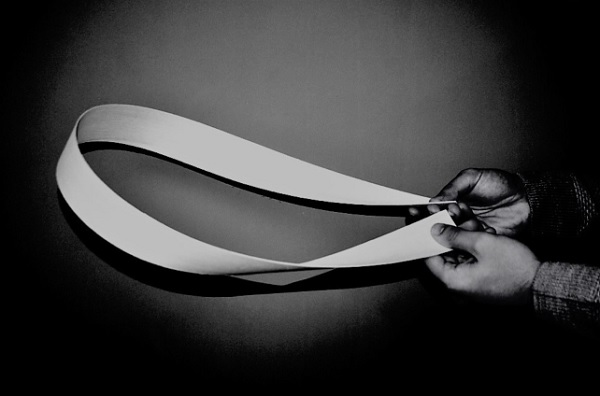
Figure 6: A physical model subject to bending and torsion effects.
For that purpose, the work is carried out from three points of view: (a) computational modelling and simulation; (b) structural performance and efficiency; (c) design and construction.
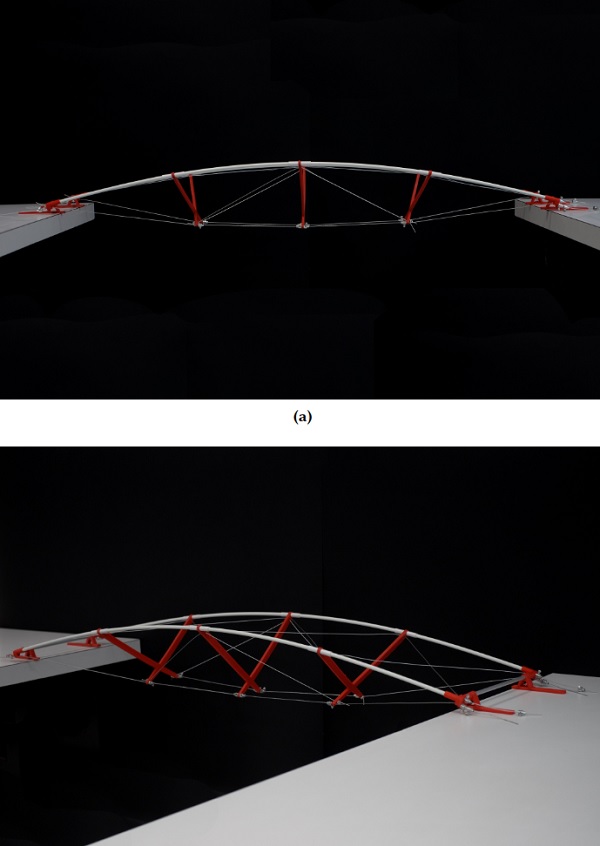
(b)
Figure 73: Conceptual model with 3D-printed joints and X-shaped deviators.
First of all, a literature review on the topic and an overview of realisations in the fied of bending-active footbridges is provided.

Figure 75: Side perspective rendered view of the prototype.
In the field of computational modelling, a novel form-finding method based on the geometrically exact rod model (or Reissner-Simo beam theory) is implemented.
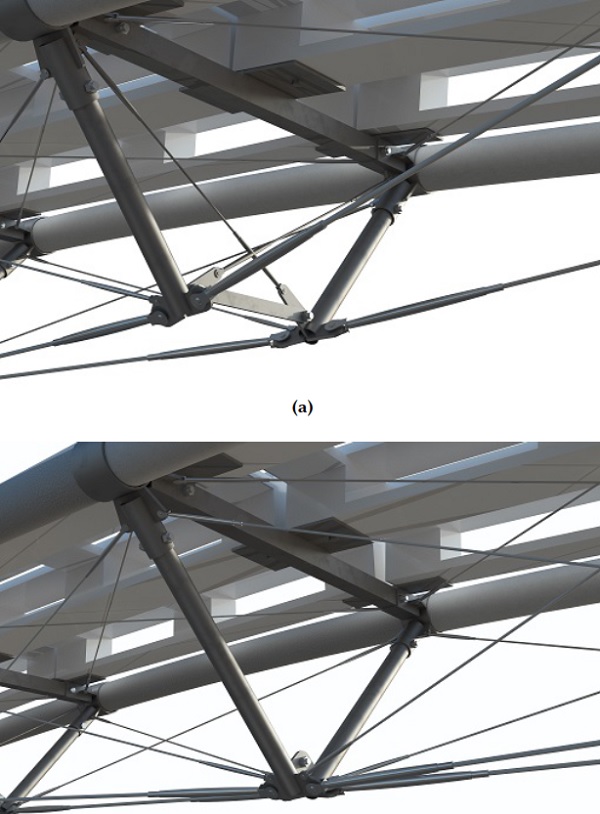
(b)
Figure 82: Detail of deviators; 82a at midspan, 82b at quarters.
Numerical examples are also given to show the accuracy of the method. The part of the work related to the analysis of the structural performance and efficiency is focused on the bending-active configuration proposed in this PhD thesis for designing lightweight structures: thebending-active braced (or tied) arch.
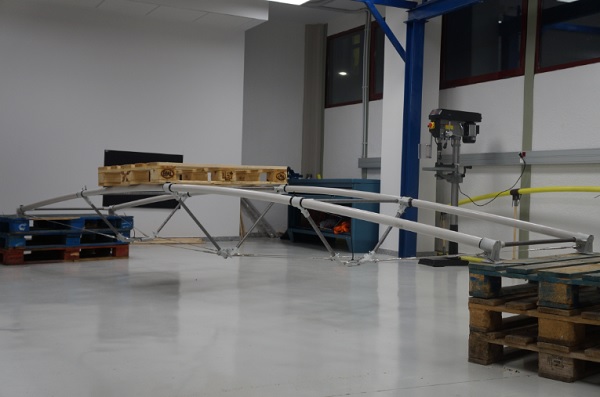
Figure 83: Experimental footbridge based on the active-bending principle.
This is a simple planar arch composed of a continuous flexible member that is activated by the action of main cables pulling at both ends of the rod, and secondary struts or cables that deviate the main cable and act at certain cross-section of the rod.
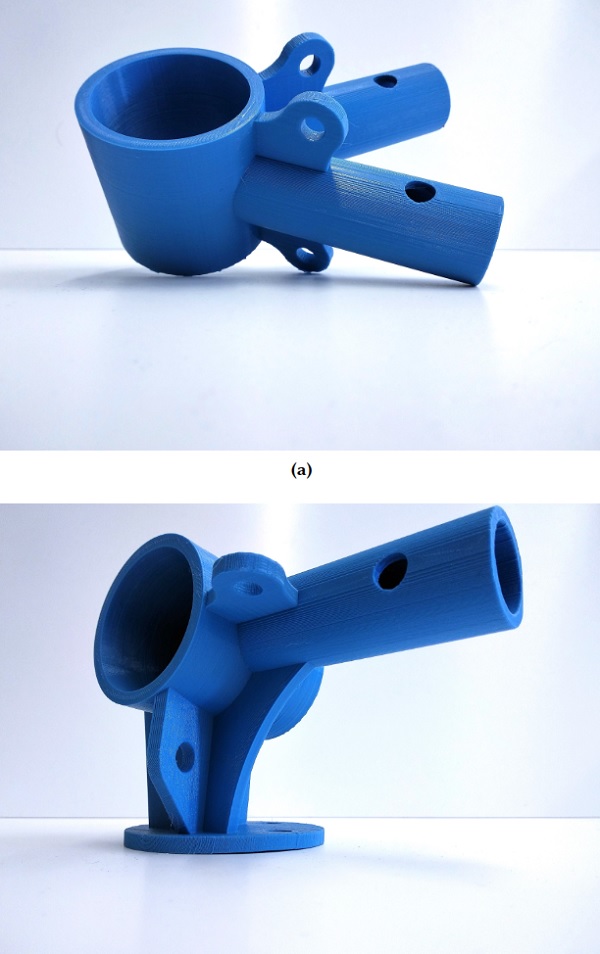
(b)
Figure 84: Reproduction of the custom-made joints by using 3D printing.
The computational-analytical part is completed with the development of a numerical procedure based on genetic algorithms to obtain efficient structural configurations.
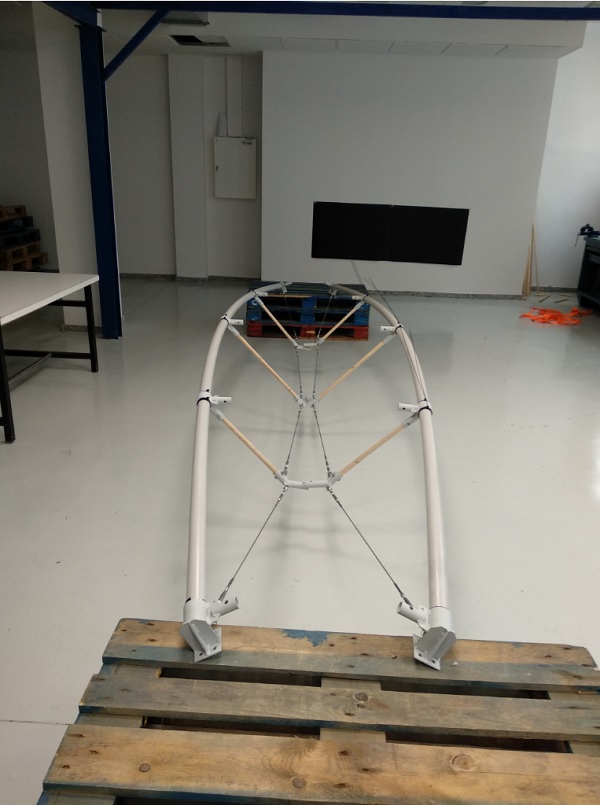
Figure 91: Erection process of the prototype.
The thesis ends with the design, fabrication and assembling of a bending-active short footbridge made of GFRP tubes using this structural type, held in the laboratory of concept models of the Polytechnic University of Valencia.




























Comments